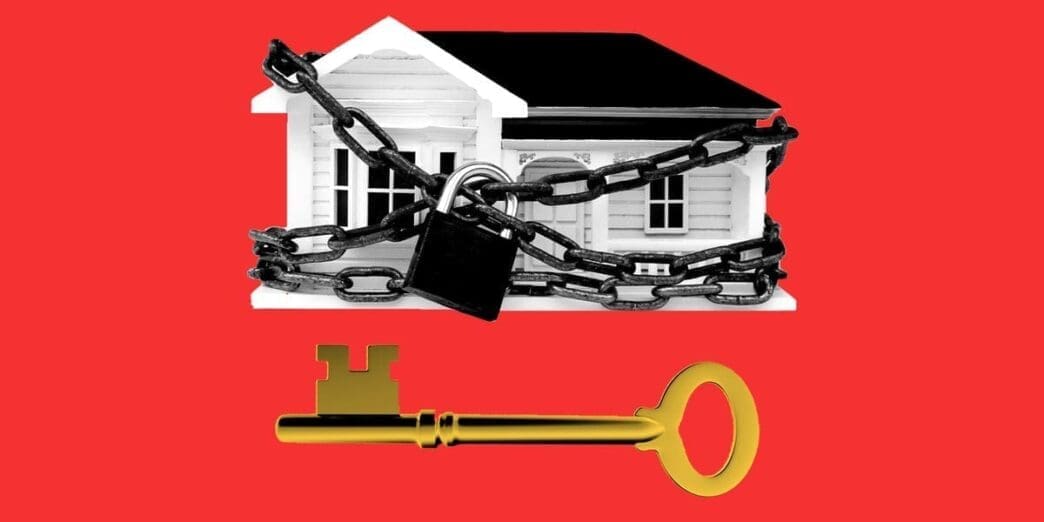Recent insights suggest that the housing landscape is poised for significant changes by 2025, driven by two main factors that could ease current market constraints.
The housing market has been experiencing a ‘lock-in’ effect, primarily due to high mortgage rates that have soared to approximately 6.8% from below 3% in 2022. This has resulted in a restricted supply, as homeowners are reluctant to sell their properties only to face higher mortgage rates. Danielle Hale, Chief Economist at Realtor.com, indicates that this could change by 2025, offering potential homebuyers a glimmer of hope. Two trends are anticipated to encourage the release of more homes onto the market.
Firstly, homeowners have accumulated substantial equity gains over recent years. Rising home values coupled with consistent mortgage payments have allowed these homeowners to significantly reduce their mortgage balances. This strengthening of equity makes them less sensitive to the current high-interest environment. According to Lawrence Yun from the National Association of Realtors, this accumulated wealth from home equity is likely to motivate more homeowners to list their homes for sale. As Hale points out, homeowners can leverage this equity to make new purchases either as cash buyers or with minimal mortgage burdens, granting them increased flexibility in today’s market.
Another key factor is the recognition that mortgage rates might not be the sole influence on homebuying decisions. Life events such as job changes, retirement, marriage, or expanding families often necessitate moving, irrespective of financial considerations. Hale notes that homeowners might be prompted to move due to these personal circumstances, even if it means dealing with higher costs. Additionally, there’s an emerging belief, as noted by Redfin’s Mimi Trieu, that consumers are adjusting to persistently high rates, realizing that they might not dip below 6% soon. This changing mindset may lead some homeowners, initially hesitant to sell due to high rates, to reconsider their stance.
Expectations are set for a more ‘buyer-friendly’ housing market by 2025. While immediate changes are improbable, the anticipated reduction of the ‘lock-in’ effect will likely open up more opportunities for buyers. Hale suggests that even if the interest rates remain around 6%, the diminished ‘lock-in’ effect will make a noticeable difference in market dynamics. By the end of 2025, it’s projected that 75% of homeowners will hold mortgages under 6%, a shift from the current 84% with such mortgages as of mid-2024.
In summary, the housing market is on the brink of changes that could alleviate current constraints by 2025. The increase in homeowner equity and life events prompting moves, alongside evolving perceptions of mortgage rates, are significant factors expected to drive these shifts. While these changes will not happen overnight, they indicate a gradual transition toward a market more favorable to buyers.
Source: Businessinsider








